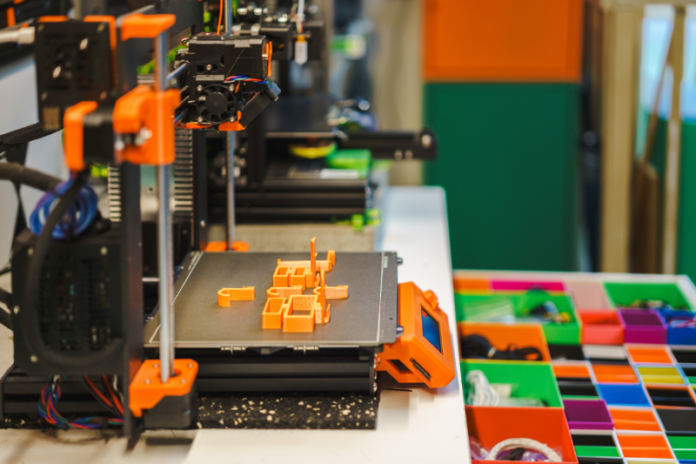Introduction
Imagine a world where products are not mass-produced and shipped across continents, but crafted on-demand, tailored to your specific needs, and printed right in your neighborhood. This isn’t science fiction; it’s the reality of additive manufacturing (AM), also known as 3D printing, a technology poised to revolutionize the way we design, produce, and consume goods.
Customization Takes Center Stage
Forget the one-size-fits-all approach. 3D printing allows for unparalleled customization, enabling the creation of products that perfectly match individual preferences and requirements. Imagine prosthetics designed to fit seamlessly with the wearer’s body, or medical implants tailored to specific anatomical needs. This level of personalization not only enhances usability and comfort but also opens doors to innovative solutions in fields like healthcare, fashion, and sports.
Case in point: Asics creates custom-fit running shoes based on individual foot scans, improving performance and comfort for athletes.

On-Demand Production: Printing on Demand, Not Stock
Goodbye, overstocked warehouses and long lead times. 3D printing enables on-demand production, eliminating the need for large-scale manufacturing and inventory management. This not only reduces waste and associated costs but also allows for faster response times and greater flexibility. Imagine needing a spare part for your machine; instead of waiting weeks for delivery, you could simply print it yourself on-site.
Example: The International Space Station utilizes 3D printing to create replacement parts on-demand, reducing reliance on Earth-based deliveries and ensuring mission continuity.
Revolutionizing Supply Chains: From Global to Local
Traditional supply chains are often complex and geographically dispersed, leading to environmental impact and logistical challenges. 3D printing offers a paradigm shift, enabling localized production. Imagine printing products closer to the point of consumption, reducing transportation emissions, and supporting local communities. This shift can also create more resilient supply chains less susceptible to disruptions caused by global events.
Initiative: GE Aviation is using 3D printing to produce spare parts in its global network of repair facilities, reducing lead times and minimizing the need for long-distance transportation.
Challenges and Opportunities
While 3D printing holds immense potential, challenges remain. Material limitations, production speed, and scalability are some areas requiring further development. Additionally, ensuring equitable access to this technology and addressing potential job displacement concerns are crucial for responsible implementation.
Collaboration is Key
The future of 3D printing is bright, but it requires collaboration between researchers, manufacturers, policymakers, and consumers. Continued research and development will push the boundaries of material science and technology while promoting access and education will ensure everyone benefits from this revolutionary technology. By working together, we can harness the power of 3D printing to create a more personalized, sustainable, and resilient future for all.
Remember: 3D printing is not just about printing objects, it’s about transforming the way we think about design, production, and consumption. By embracing this technology responsibly and collaboratively, we can unlock a world of possibilities, where customization, on-demand production, and localized manufacturing become the norm, shaping a more sustainable and equitable future.
Disclaimer: The information provided in this guide is for informational purposes only and does not constitute legal or financial advice
For Media Enquiries/Guest Posting/Press Release – Write for us


